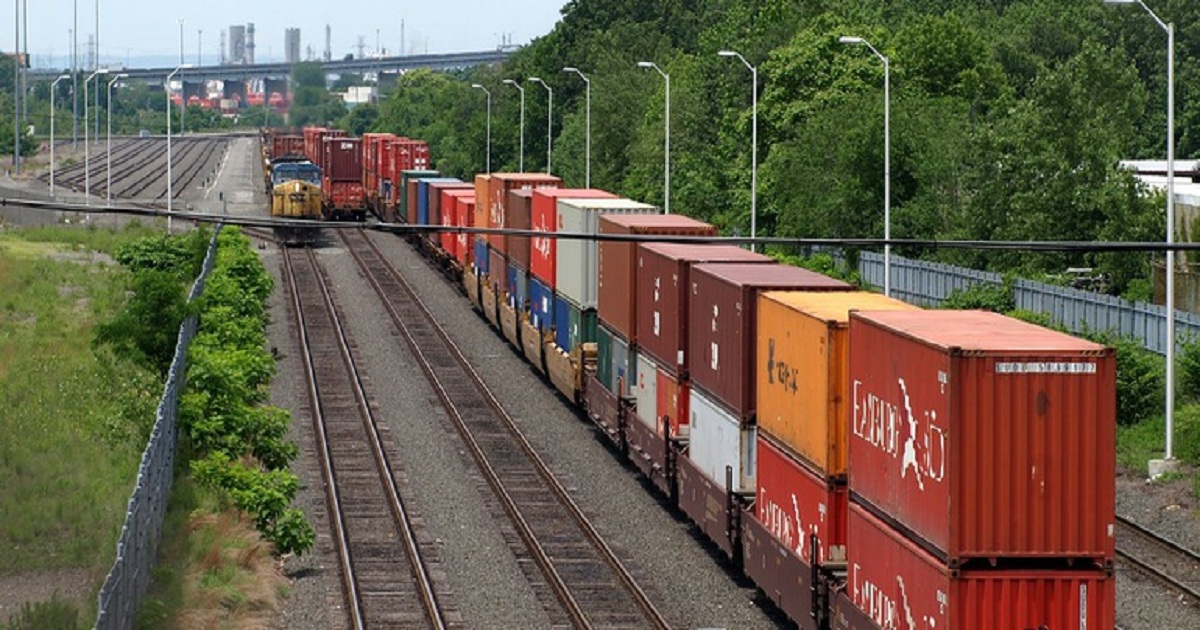AI is reshaping transportation. Railroads can get on board or miss out
Supply Chain Dive | January 28, 2020

The White House recently issued draft principles for governing the use of artificial intelligence across sectors, including transportation. While a recent report noted the guidance may be too vague to produce substantive benefits, the larger point is clear. Various forms of AI are here to stay and will only become more ubiquitous. That is unless public policymakers go to great lengths to inhibit progress. The industry I represent, one of America's oldest industries – privately owned freight railroads – stands in the crosshairs of this very discussion. At issue rests a fundamental question that Silicon Valley innovators likely never contemplate: can established industries, such as freight rail, reimagine themselves through technology in an era of massive disruption? As upstarts like Hyperloop One or the truck platooning company Peloton seek market entry, can freight rail deploy AI-like technologies that boost safety performance and productivity, and in turn maintain or grow market share? Or, will narrow debates – such as an ongoing regulatory dispute over the number of people needed in a locomotive cab – derail progress toward a sustainable future.